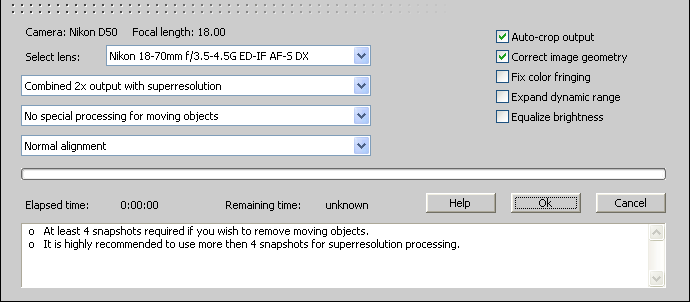PhotoAcute Studio produces combined image from a sequence of continuous photographs, thus acquiring more graphic information than it is available from one photograph. Using sophisticated proprietary algorithms it combines the individual frames to produce one large-sized and high-quality image. Such technique is usually called "superresolution processing".
Unlike the digital zooming and image sharpening, resultant photographs produced by PhotoAcute Studio do really have higher spatial resolution.
Small, thin and far away objects, traceries, textures and inscriptions become recognizable.
PhotoAcute Studio superresolution algorithms are tuned for the particular camera/lens model to achieve maximum quality.
Usage: Superresolution processing is performed when the Combined 2x output with superresolution mode is selected in the processing options dialog. Superresolution processing reqires the availability of the profile for the given camera model.
It is highly recommended to use high ISO levels (e.g. 400) for superresolution processing. Camera automatically uses long exposures when ISO is low, and it leads to handshaking artifacts, that can significantly decrease the level of detail of the picture. At the same time, the noise caused by high ISO can be efficiently reduced during superresolution processing.
More information:
Read more about superresolution
Measuring the increase of image resolution (on PhotoAcute site)
Unlike the digital zooming and image sharpening, resultant photographs produced by PhotoAcute Studio do really have higher spatial resolution.
Small, thin and far away objects, traceries, textures and inscriptions become recognizable.
PhotoAcute Studio superresolution algorithms are tuned for the particular camera/lens model to achieve maximum quality.
 |
 |
 |
 |
| source photograph (one of a set): camera resolution was not enough to capture the brickwork pattern | the strong sharpening does not reveal more details | superresolution applied to the whole set of photographs: the pattern is much more apparent, as if it was captured by the camera with higher resolution | sharpening applied to the result of superresolution processing, for comparision with the sharpened original |
Usage: Superresolution processing is performed when the Combined 2x output with superresolution mode is selected in the processing options dialog. Superresolution processing reqires the availability of the profile for the given camera model.
It is highly recommended to use high ISO levels (e.g. 400) for superresolution processing. Camera automatically uses long exposures when ISO is low, and it leads to handshaking artifacts, that can significantly decrease the level of detail of the picture. At the same time, the noise caused by high ISO can be efficiently reduced during superresolution processing.
More information:
Read more about superresolution
Measuring the increase of image resolution (on PhotoAcute site)
By combining several photographs PhotoAcute Studio automatically reduces the noise in the photographs.
The main problem of the usual noise reduction techniques is that the more noise is reduced - the more image details are lost. This becomes extremely apparent on the low light scenes (e.g. night photographs or shadowy parts of the scene).
PhotoAcute Studio provides high noise reduction without losing the image details.
Usage: Noise reduction is performed automatically.
More information:
Read more about noise and its reduction
The main problem of the usual noise reduction techniques is that the more noise is reduced - the more image details are lost. This becomes extremely apparent on the low light scenes (e.g. night photographs or shadowy parts of the scene).
PhotoAcute Studio provides high noise reduction without losing the image details.
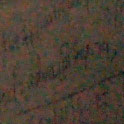 |
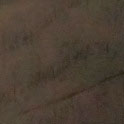 |
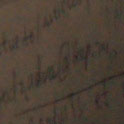 |
| source photograph (one of a set) | photograph, processed by the noise reduction utility (one of the leaders on the market) | whole set, processed by PhotoAcute Studio with NO superresolution |
Usage: Noise reduction is performed automatically.
More information:
Read more about noise and its reduction
PhotoAcute Studio corrects geometric distortion, caused by the camera optics. This gives photographs right perspective and natural look.
Usage: Geometry correction is turned on/off by ticking the corresponding checkbox in the processing options dialog. This feature requires availability of the profile for the given camera model.
Usage: Geometry correction is turned on/off by ticking the corresponding checkbox in the processing options dialog. This feature requires availability of the profile for the given camera model.
Every lens focuses the light of different wavelengths on different positions. This causes chromatic aberration that is seen as "fringes" of color around the image. PhotoAcute Studio corrects this aberration, minimizing the circle of confusion.
Usage: Color fringing correction is turned on/off by ticking the corresponding checkbox in the processing options dialog.
More information:
Read more about chromatic aberrations
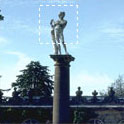 |
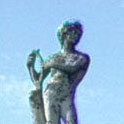 |
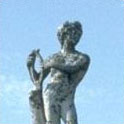 |
| source photograph | color fringes | resultant photograph |
Usage: Color fringing correction is turned on/off by ticking the corresponding checkbox in the processing options dialog.
More information:
Read more about chromatic aberrations
By using the advanced weighting technique, PhotoAcute Studio is able to restore shadows and clipped highlights from the photographs taken in exposure-bracketing mode. It produces the image that could only be taken with the camera that had much wider dynamic range.
This feature becomes especially handy for objects photographed on back-lit background (e.g. window, alight snow, direct sunlight), or scenes that have important details in the shadow.
Usage: Dynamic range expansion is turned on/off by ticking the corresponding checkbox in the processing options dialog. It is recommended to use brightness equalization in conjunction with this mode.
More information:
Read more about dynamic range
This feature becomes especially handy for objects photographed on back-lit background (e.g. window, alight snow, direct sunlight), or scenes that have important details in the shadow.
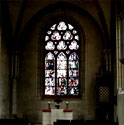 |
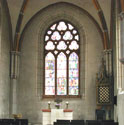 |
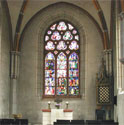 |
| highlights captured, shadows lost | shadows captured, highlights lost | both shadow and highlight details are visible |
Usage: Dynamic range expansion is turned on/off by ticking the corresponding checkbox in the processing options dialog. It is recommended to use brightness equalization in conjunction with this mode.
More information:
Read more about dynamic range
This feature is used to reveal the details in the shadows without overexposing bright areas.
Usage: Brightness equalization is turned on/off by ticking the corresponding checkbox in the processing options dialog.
Usage: Brightness equalization is turned on/off by ticking the corresponding checkbox in the processing options dialog.
